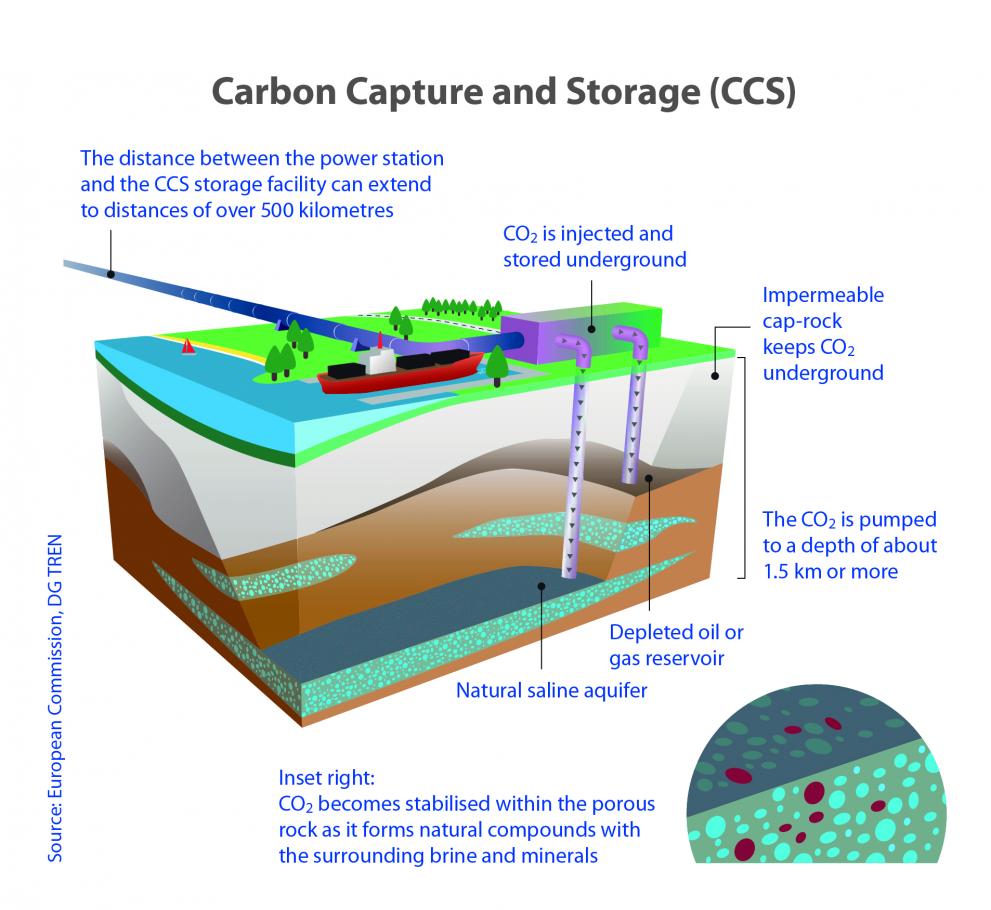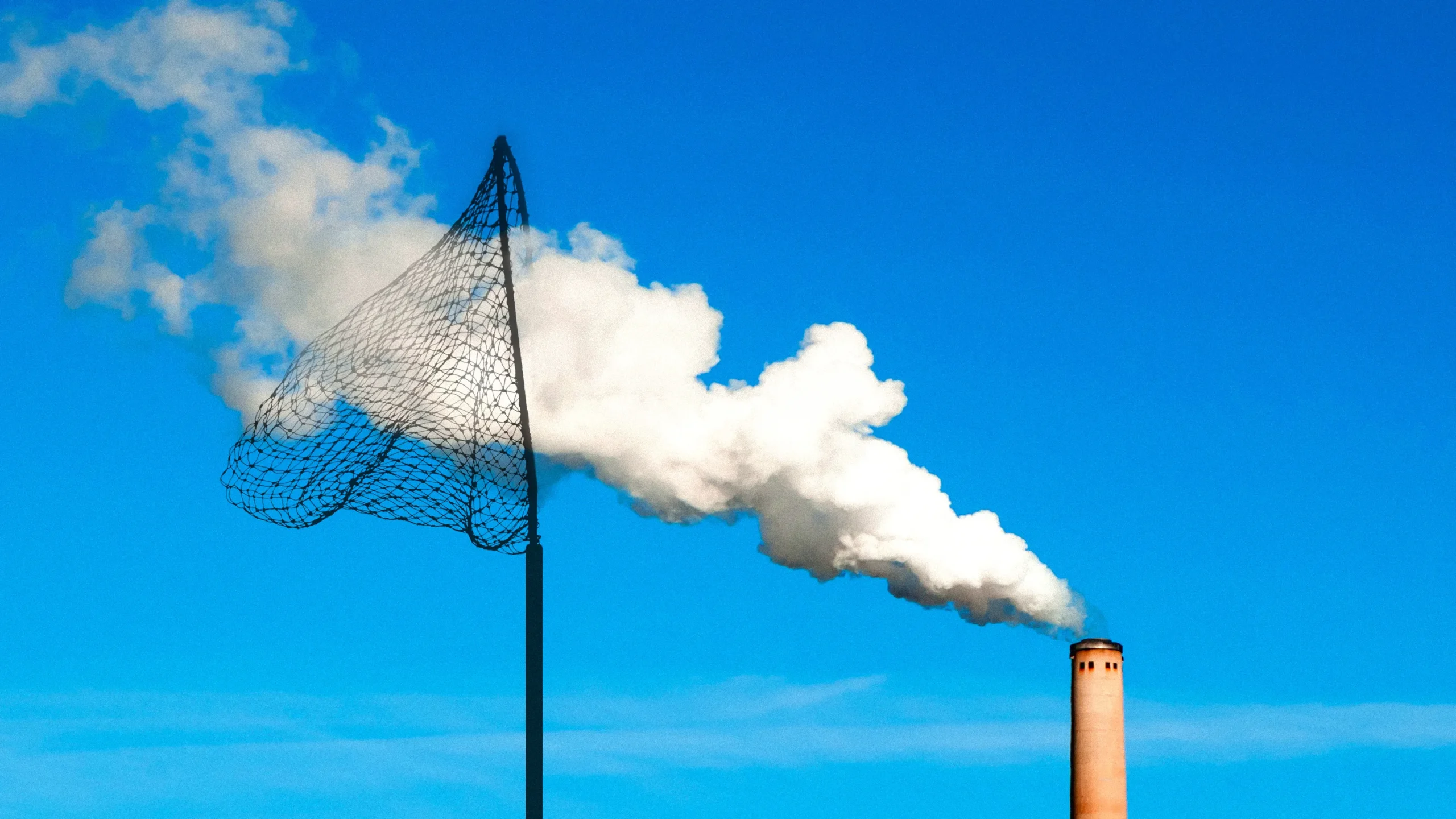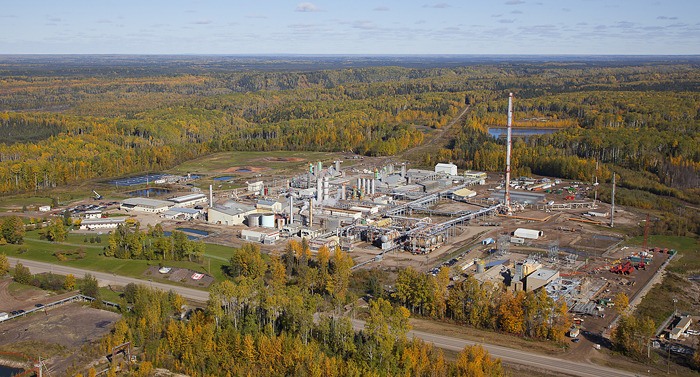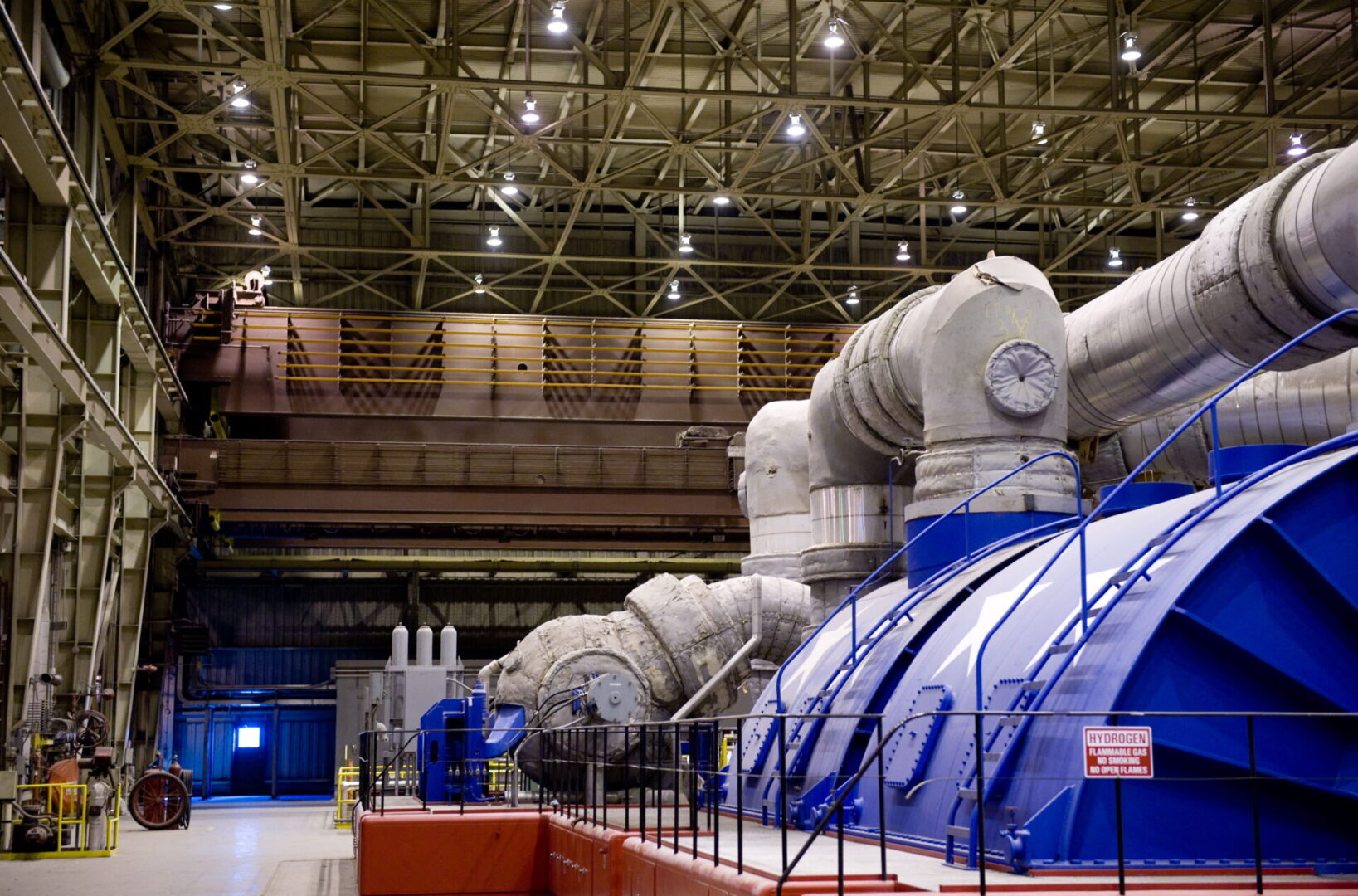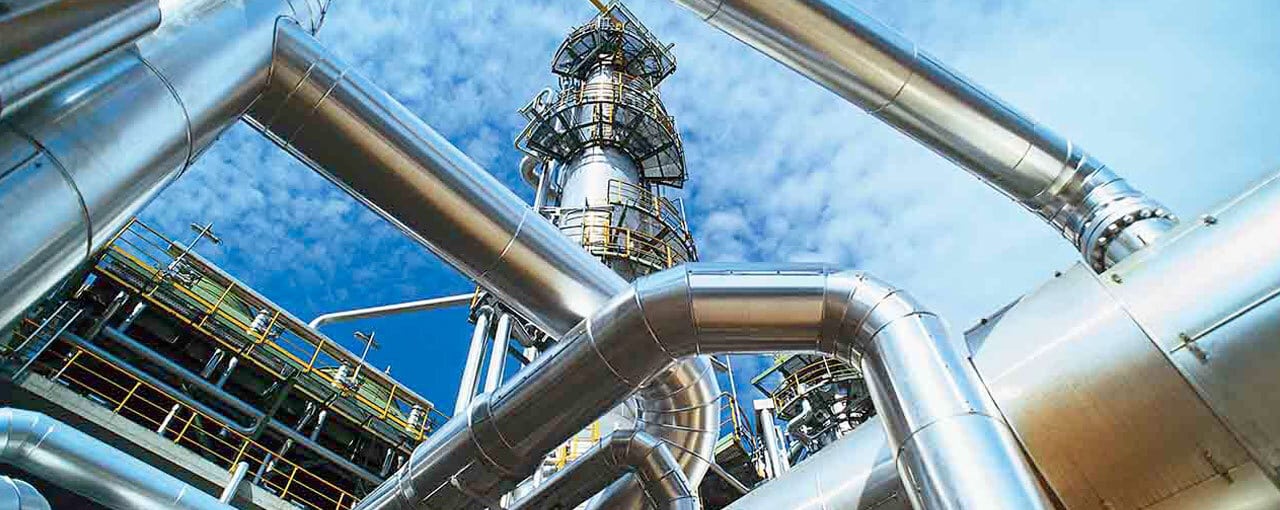Introduction to CCUS and its importance in mitigating climate change
Introduction to CCUS and its importance in mitigating climate change
Carbon capture, utilization, and storage (CCUS) is a technology that captures carbon dioxide (CO2) emissions and either stores them underground or uses them for various purposes. It is one of the most promising solutions to mitigate climate change caused by anthropogenic greenhouse gas emissions. Through CCUS, we can reduce the amount of CO2 in the atmosphere and limit the rise of global temperatures. In this article, we will discuss what CCUS is, how it works, and its significance in combating climate change.
What is CCUS and how does it work?
CCUS is a process that captures CO2 emissions from various sources, such as power plants, industrial facilities, or even direct air capture, and stores them underground or uses them for other purposes. The captured CO2 is compressed and transported through pipelines to storage sites. The storage sites may vary depending on the technology used, but they generally involve underground geological formations such as depleted oil and gas reservoirs or saline aquifers.
The role of CCUS in reducing carbon emissions
CCUS is essential to reduce carbon emissions and limit the rise of global temperatures. According to the Intergovernmental Panel on Climate Change (IPCC), CCUS can contribute up to 15% of the global carbon dioxide emission reductions needed to limit global warming to 1.5°C. It can also help countries achieve their greenhouse gas emission targets set under the Paris Agreement and reduce the carbon footprint of various industries.
Capturing carbon dioxide: the capture process
CO2 capture is the first step in the CCUS process. There are three main types of CO2 capture technologies: pre-combustion, post-combustion, and oxyfuel combustion. Pre-combustion capture involves the conversion of fossil fuels into syngas, which is then used to generate electricity while capturing CO2. Post-combustion capture involves capturing CO2 after the combustion process, while oxyfuel combustion involves burning fossil fuels in pure oxygen, resulting in a flue gas made up of almost entirely CO2.
Transportation and storage of captured CO2
Once the CO2 has been captured, it needs to be transported to storage sites. The transportation process involves compressing the CO2 into a dense liquid and transporting it through pipelines or other means of transportation. The storage process involves injecting the CO2 into underground geological formations such as depleted oil and gas reservoirs or saline aquifers. The CO2 is then stored permanently underground, preventing it from entering the atmosphere.
Possible applications of CCUS technology
CCUS technology can be used for various purposes. One application is enhanced oil recovery (EOR), where the injected CO2 helps extract more oil from mature oil fields. Another application is the production of synthetic fuels, chemicals, and building materials using captured CO2 as a feedstock. CCUS can also help decarbonize the power sector and industries such as cement, steel, and chemicals, which are difficult to decarbonize using renewable energy sources alone.
CCUS and the path to decarbonization
CCUS is an essential technology for achieving net-zero emissions by mid-century, as set out in the Paris Agreement. It can be used to decarbonize the power sector, industries, and other hard-to-abate sectors. While renewable energy sources such as wind and solar are becoming cheaper, they cannot replace all fossil fuels in the short term. CCUS can help bridge this gap.
The economics of CCUS: costs and benefits
The cost of CCUS varies depending on the technology used, the location, and the scale. However, as the technology develops and the demand for CCUS increases, the cost is expected to decrease. CCUS can also provide economic benefits by creating jobs, increasing energy security, and enhancing the competitiveness of energy-intensive industries.
CCUS and the future of the energy sector
CCUS is a crucial technology for the future of the energy sector. It can help us transition to a low-carbon economy and achieve our climate goals. Governments, industry, and investors need to work together to accelerate the deployment of CCUS and make it economically viable. The development of CCUS should be a priority in the global fight against climate change.
Conclusion
CCUS is a vital technology for mitigating climate change caused by anthropogenic greenhouse gas emissions. It can reduce carbon emissions, decarbonize industries, and help us achieve our climate goals. While there are still challenges to overcome, such as reducing the cost of the technology and ensuring the safe storage of CO2, CCUS provides a promising solution to the climate crisis. With the development of CCUS, we can ensure a sustainable future for generations to come.


